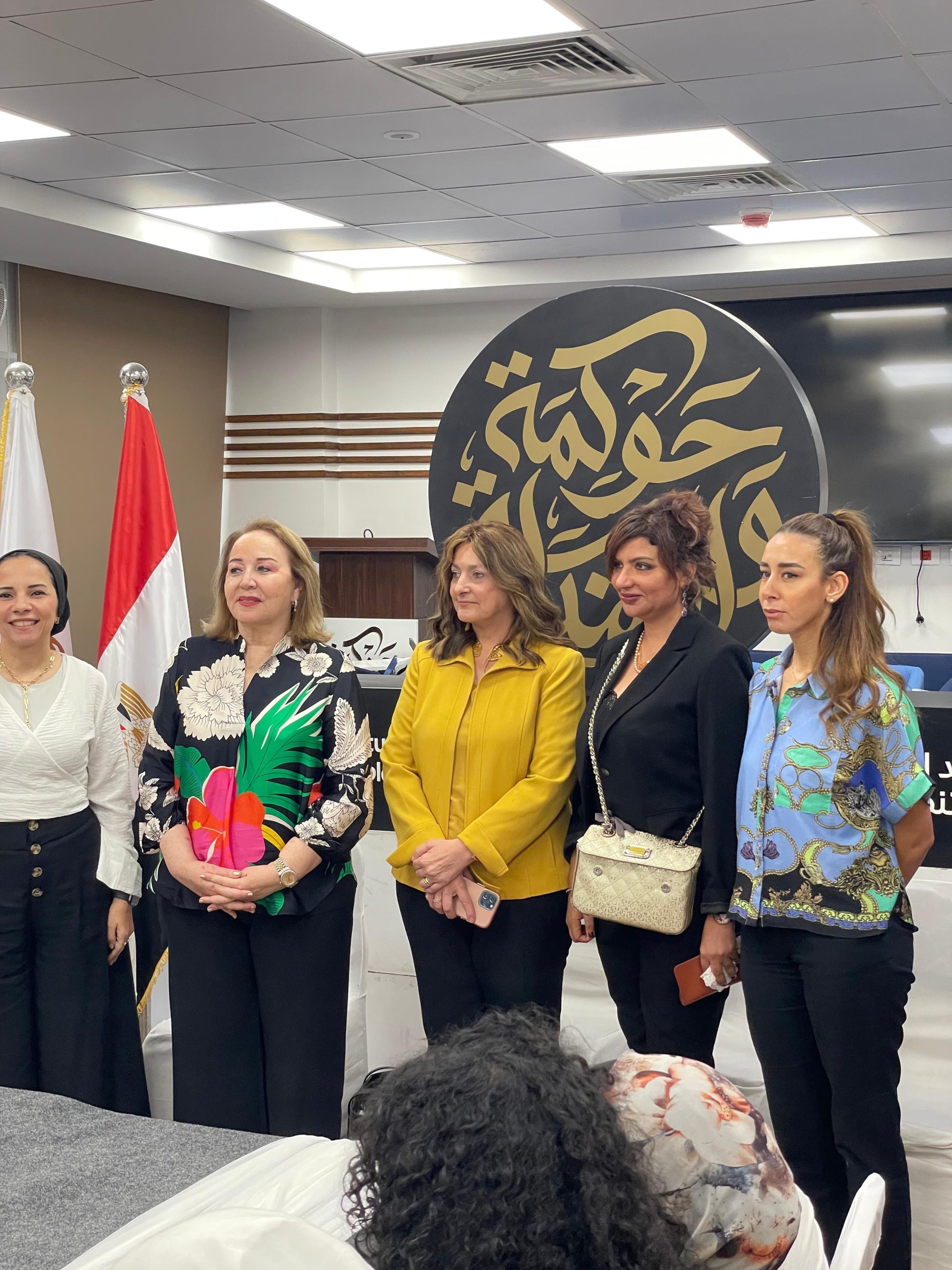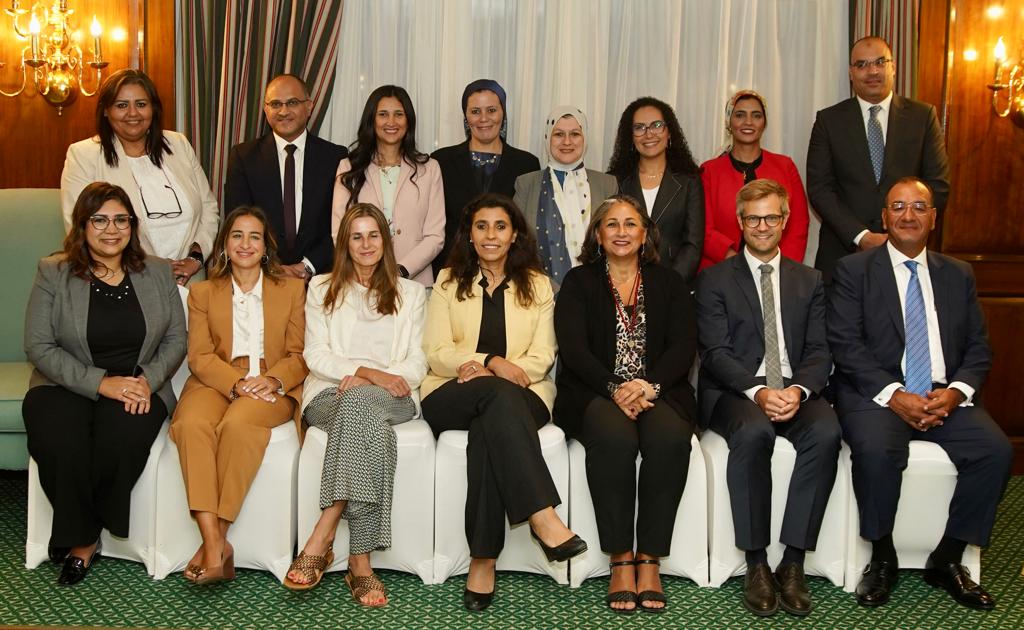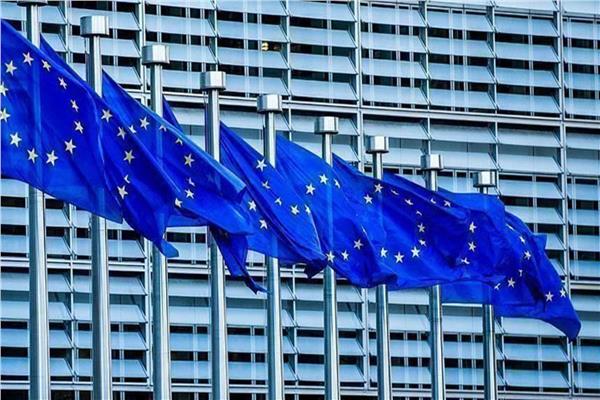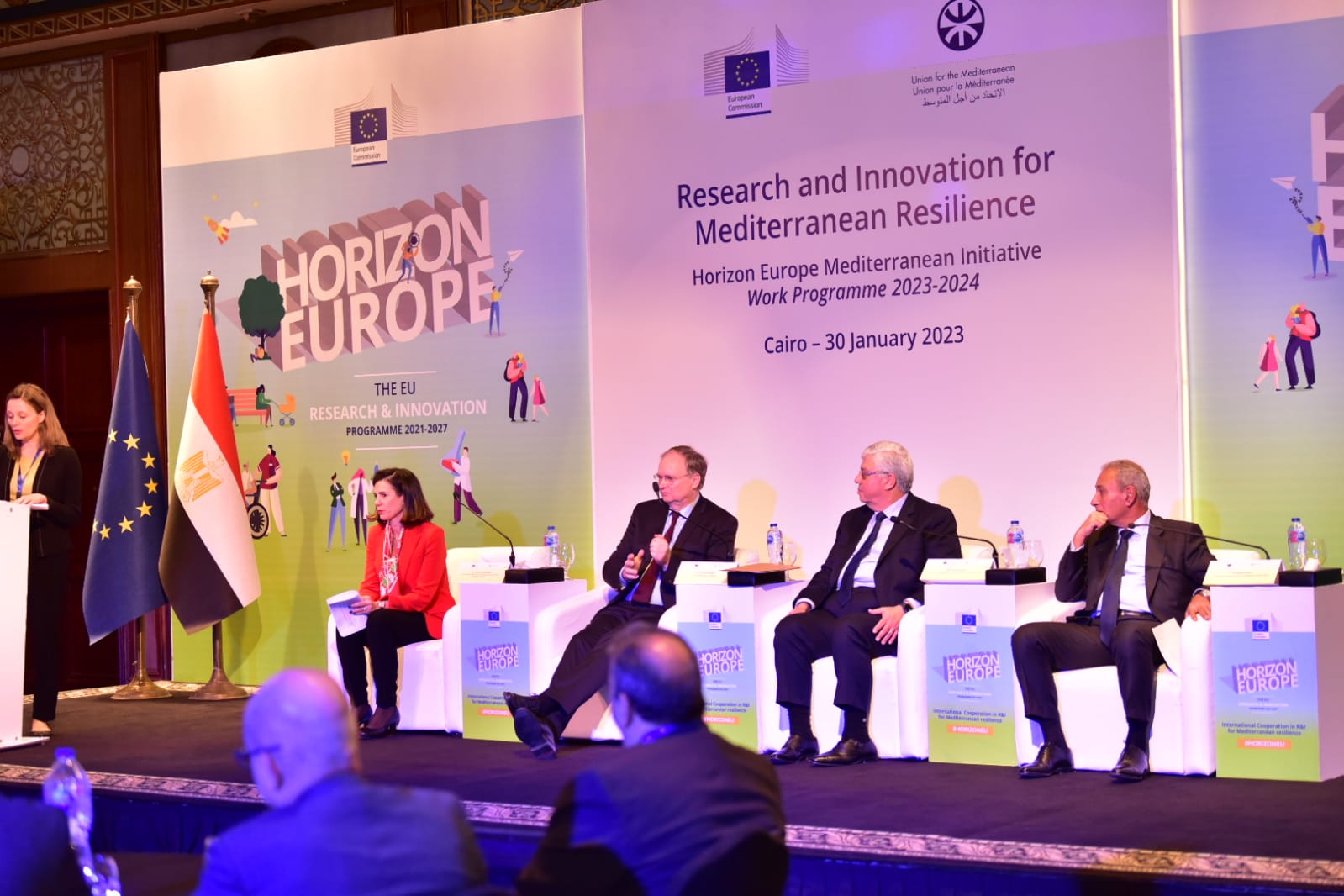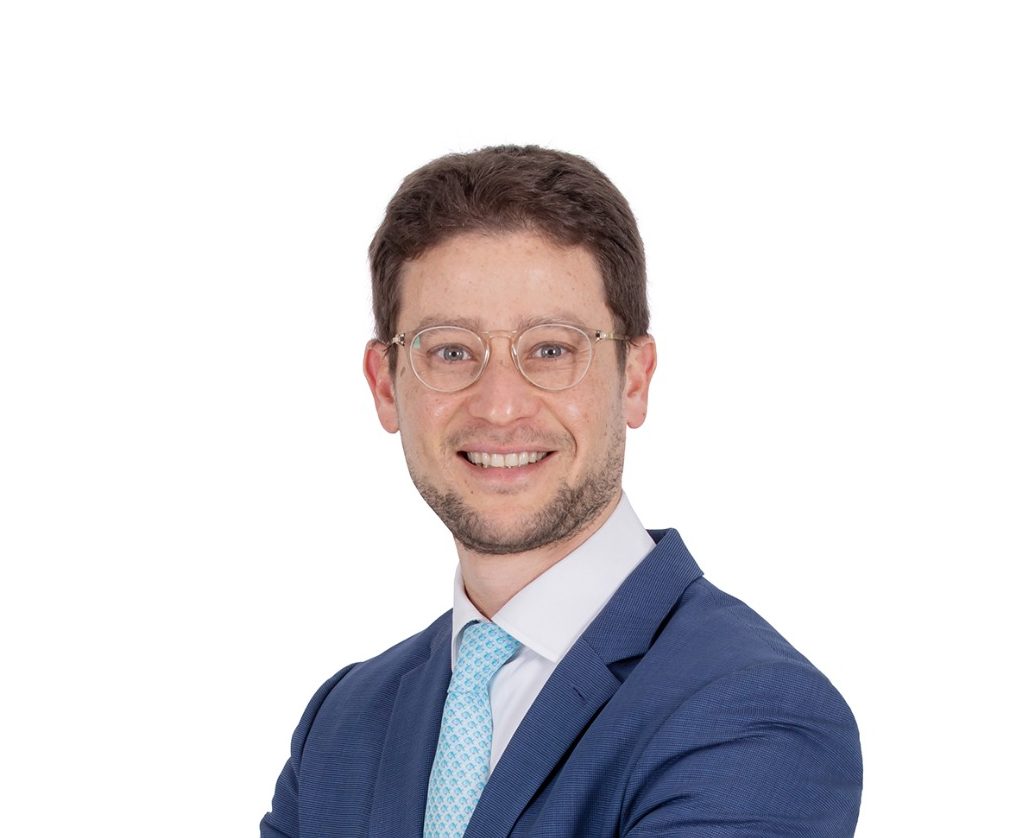Embracing Sustainability: «The World Art Forum for Development Foundation» Hosts a Recycled Art Exhibition at Sultanah Malak Palace
Font size
As a part of its continued mission to support SDGs through artistic expression, The World Art Forum for Development Foundation (WAFDF) recently hosted a grand art exhibition at Sultanah Malak Palace on Al-Orouba Street, showcasing a diverse collection of recycled artworks, all aimed at promoting environmental preservation. The event is a key part of the “Sustainable Art and Human Development” initiative, which this year is themed “Through Her Eyes”, focusing on the economic empowerment of women and youth and achieving Sustainable Development Goals.
This initiative is held in partnership with the European Union and under the auspices of several ministries headed by the Ministry of Planning and Economic Development, the Ministry of Environment, the Ministry of Culture, the Ministry of International Cooperation, the Ministry of Social Solidarity, and the National Council for Women. It also took place with the cooperation of the United Nations Office in Egypt and a group of international and private sector institutions.
Furthermore, the exhibition’s opening ceremony witnessed the esteemed presence of Dr. Rania El-Mashat, Minister of International Cooperation, Dr. Nevine El Kabbaj, Minister of Social Solidarity, Ambassador Hisham Badr, Assistant Minister of Planning and Economic Development for Strategic Partnerships, Excellence, and Initiatives, Ambassador Christian Berger, Head of the European Union in Egypt, and Randa Fouad, Founder and President of the World Art Forum for Development Foundation.
Dr. Rania Al Mashat, Minister of International Cooperation commended the dedication of the 30 artists who have poured their passion into delivering a profound message through their art. She stated, “Through this exhibition, we witness the transformative power of authenticity and creativity in advocating for sustainability. Setting its sights on reaching diverse Egyptian governorates, it can serve as a catalyst for women’s empowerment, fostering unity and dialogue. These artworks symbolize our collective commitment to sustainability, offering a simple yet impactful way to engage with audiences. I am confident that this exhibition will not only attract investors to the realm of sustainable art but also position Egypt prominently on the global stage of artistic innovation. This presents a significant investment opportunity, aligning perfectly with Egypt’s 2030 agenda and national strategies for women’s empowerment and sustainable development.”
Dr. Nivine El Kabbag, Minister of Social Solidarity, expressed her pleasure at attending the art exhibition organized by WAFDF. She underscored the pivotal role of visual arts in bolstering sustainable development and advancing women’s empowerment by fostering cultural identity. El Kabbag emphasized how the creative economy not only generates employment opportunities and income sources for women but also plays a vital role in promoting economic empowerment.
Furthermore, the Minister highlighted the crucial role of visual arts in raising awareness about social, environmental, and sustainable development issues through art exhibitions and community projects. This, she noted, contributes significantly to fostering social cohesion, mutual understanding, and enhancing women’s participation. She also lauded the extensive support that Egyptian women’s empowerment and development have received across various sectors during the tenure of President Abdel Fattah El-Sisi.
Ambassador Hisham Badr, Assistant Minister of Planning for Strategic Partnerships, Excellence and Initiatives, emphasized, “Strategic partnership, excellence, and initiative are the foundational pillars of this remarkable exhibition. They intertwine seamlessly to champion sustainability, a major driving force for development. Through captivating artwork created from recycled materials, we showcase our commitment to smart green projects. This initiative stands as Egypt’s gift to the world, illustrating the innovative potential of our youth, women, and men in addressing global climate challenges. As we unite in strategic partnerships encompassing, the government, civil society, and the private sector, we pave the way for a brighter, more sustainable future. This prominent event is a testament to learning from the past while empowering future generations.”
Expressing her enthusiasm, Randa Fouad, Founder and President of the World Art Forum for Development Foundation, stated: “I am honored that the World Art Forum for Development Foundation has become a leader in the field of art sustainability in Egypt, the Arab region, and the world. Fine arts have a prominent place in Egypt’s cultural landscape, addressing significant societal and artistic issues, particularly climate change. The current exhibition showcases recycled artworks by a group of young artists who represent the ambassadors of sustainable art, emphasizing the message that art can play a vital role in environmental protection. This initiative supports the state’s vision to achieve sustainable development goals, in line with Egypt’s Vision 2030.”
The exhibition represented a grand celebration of artistic manifestations featuring around 30 young artists who serve as ambassadors of sustainable art. These artists showcased their creative works after participating in a five-day workshop at the National Institute for Governance and Sustainable Development, the training arm of the Ministry of Planning and Economic Development, focusing on sustainable art and emphasizing recycling and environmental conservation. This initiative is a vital part of the foundation’s strategy to promote the creative economy, support entrepreneurship, and prepare these young artists to engage in creative economic activities that align with the sustainable development goals of Egypt’s 2030 vision.
The exhibition highlights the visions of young female artists on sustainable development and women’s empowerment, presenting philosophical compositions in a unique style that blends the grandeur of the past with modernity. This is a commendable attempt to utilize Egyptian heritage and history to create contemporary art, forming a diverse mix of materials and different art forms ranging from oil painting and charcoal to collage. These artworks stimulate the audience to think about how the past continues to shape our understanding of the modern world.
The choice of Sultanah Malak Palace as the venue for the exhibition underscores the importance of integrating antiquity and modernity in achieving sustainability and excellence. The palace, one of Egypt’s most historic and beautiful, has recently been restored and reopened as a center for digital creativity and entrepreneurship. Known originally as the residence of Prince Hussein Kamel, it was later popularly referred to by the name of his wife, Sultanah Malak, who lived there. The palace is among the earliest structures built in the Heliopolis area, which was then a desert region northeast of Cairo, with construction taking place between 1906 and 1907.
Notably, The World Art Forum for Development Foundation launched the first phase of the training workshops for the “Sustainable Art and Human Development” initiative titled “Bank Note” in May of last year. The initial phase aimed at the economic empowerment of women and youth and was held in cooperation with the National Institute for Governance and Sustainable Development – the training arm of the Ministry of Planning and Economic Development – sponsored by Dr. Hala El-Said, Minister of Planning and Economic Development, and the Ministries of Environment and Culture, and the National Council for Women, in partnership with the United Nations.






